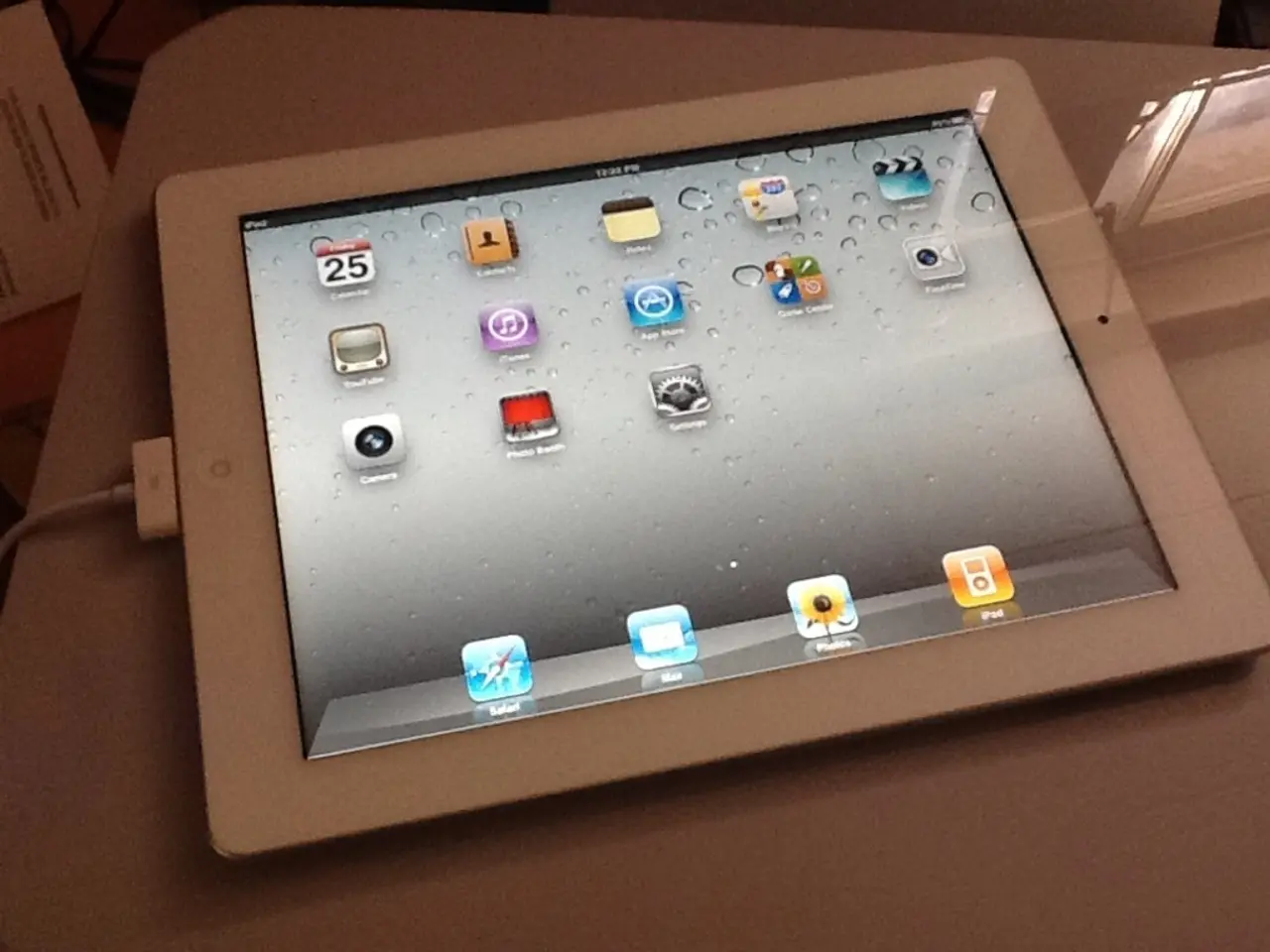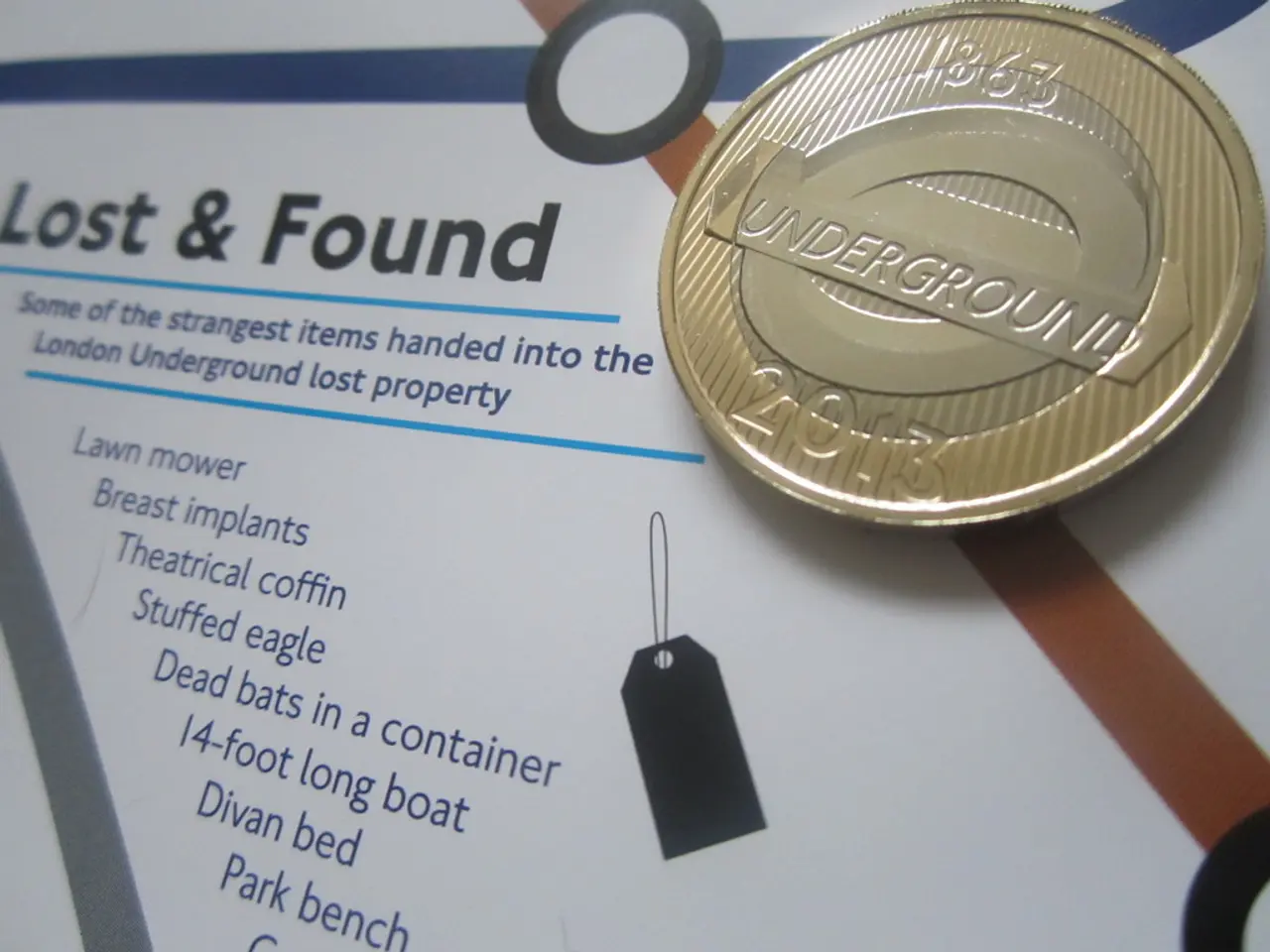Cost of developing an app similar to Tabby
In the bustling world of financial technology, one name stands out in the Middle East and North Africa (MENA) region: Tabby. This UAE-based "buy now, pay later" (BNPL) platform has achieved remarkable success through a strategic approach that combines innovation, regional market leadership, and product diversification.
Tabby's growth trajectory is impressive. Operating extensively in the Gulf region, particularly in Saudi Arabia and the UAE, the company serves over 3 million active customers and partners with more than 10,000 merchants, including global and regional giants like SHEIN, H&M, Adidas, IKEA, Noon, and VogaCloset. Recent expansion into Kuwait marks Tabby's continued pursuit of capturing the rapidly growing MENA BNPL market.
Beyond its flagship "Pay in 4" interest- and fee-free installment plan, Tabby has developed an ecosystem of supplementary products such as a cashback program, a merchant directory, and the Tabby Card, enriching customer payment options and increasing engagement.
Technology and data analytics play a significant role in Tabby's success. The company leverages advanced technology to provide a personalised, seamless shopping and payment experience, helping customers manage finances more effectively and shop without the financial burden of upfront payments. This tech-driven approach allows Tabby to anticipate evolving customer needs and tailor offerings accordingly.
Tabby's financial health is robust, having raised over $1.8 billion in funding, with a recent $200 million Series D round that cemented its status as a unicorn in MENA's fintech space. Notable investors include Sequoia Capital, PayPal Ventures, Mubadala, and Endeavor Catalyst, validating Tabby's market leadership and growth potential.
The company's vision extends beyond BNPL, aiming to evolve into a comprehensive financial platform or "superapp," broadening its footprint in consumer finance and payments solutions in the region. Core values like transparency, trust, and exceptional customer service underpin Tabby's long-term growth by fostering loyalty and repeat usage among consumers.
For those considering entering the BNPL market, it's essential to adhere to local regulations, including implementing secure data architectures, Anti-Money Laundering (AML) and Know Your Customer (KYC) protocols, and Sharia-compliant financing options. The cost of developing an app like Tabby includes factors such as app design, development, testing, deployment, and maintenance.
The development of a pay later app can be tailored to be specific to a store or created as an API/SDK for easy integration with other ecommerce stores. Building an app like Tabby typically takes 4 months to a year or more to complete, but the actual timeline can increase or decrease depending on the project's complexity, features, and development resources.
To succeed in the BNPL market, partnering with banks, extending to other industries, and implementing credit checks using technologies like predictive analytics and blockchain smart contracts can be beneficial. AI and machine learning in BNPL apps like Tabby help automate routine tasks, collect user data, assess credit risk, personalise user experiences, detect fraud, optimise payment schedules, and much more.
The optimal tech stack for a BNBL app depends on factors like scalability, user experience, and integration needs. A robust BNBL app uses Flutter or React Native for front end, Node.js or Python for backend, AWS or Azure for cloud, and MongoDB/PostgreSQL for databases. Factor in Arabic language support and local data residency rules in UAE/KSA.
In India, a fintech app development company like Appinventiv charges anywhere between $80-100 per hour, while a company in the US will take up $100-120 per hour. The cost to develop an app like Tabby can vary based on the team working on it, with the region of the team affecting the cost significantly.
Tabby's app is designed with a simplistic structure, divided into four screens - Shop, Payments, Cashback, and Profile. To use Tabby, users need to download the app, sign up with their ID and a valid debit or credit card, and pay 25% upfront for their purchase.
For ecommerce store owners, launching the feature in their store first and then making an SDK/API of it is advised. Tabby offers features such as an intuitive in-app experience, shopping categories, API/SDK that works seamlessly across different platforms, sign-up/sign-in, shop, split payments, advanced payments, automatic deductions, account management, merchant analytics, payment links, and a disputes tab.
The working mechanism of Tabby allows customers to buy products online or in-store and pay in four monthly installments without interest or hidden fees. Users sign up via the Tabby app, make a 25% upfront payment, and receive reminders for the remaining payments.
Tabby is more than just a BNPL platform; it's a testament to the power of innovation, strategic growth, and customer-centric values in the MENA region. As the company continues to evolve and expand, it will undoubtedly shape the future of consumer finance and payments solutions in the region.
- Machine learning is employed by Tabby, a leading BNPL platform in the MENA region, to automate routine tasks, collect user data, assess credit risk, personalize user experiences, and detect fraud within their app.
- Tabby, a standout UAE-based BNPL platform, has successfully partnered with numerous mobile app developers to integrate their services, offering seamless payment solutions for over 3 million active customers and collaborating with more than 10,000 merchants in the region.
- As Tabby transforms into a comprehensive financial platform, the company's long-term growth strategy aims to extend across various industries, leveraging technology, advanced data analytics, and strategic partnerships to capture new markets in the rapidly evolving world of finance and lifestyle.




